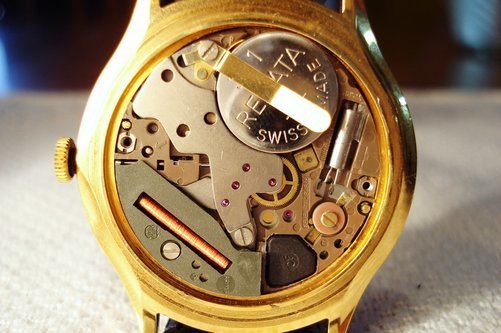What Exactly Is Swiss Design?
The term ‘Swiss Design’ is a common, yet confusing, one to many people. A lot of people have a problem understanding whether it refers to a typographic style or a general way of coming up with creations in art and architecture.

Well, whatever your thinking is, you have a point. This article will build on your current knowledge, to help you get a clear picture of what is more often than not referred to as an international style.
Swiss design is a way of doing things that gained prominence in Switzerland. It touches on many elements of design; from designing adverts to art, architecture, and typefaces and, in modern times, web design. It is a style that lays specific emphasis on two aspects; function and simplicity.
The style first came to mention in the 1920s. The earliest incidences of mention were recorded in Germany, the Netherlands and Russia. However, it was not until the years after 1950, that the style gained worldwide prominence, championed by Swiss artists Armin Hoffman and Josef Müller-Brockmann. Due to the Swiss connection, the method of writing font was commonly known as Helvetica, a name that was used to refer to the country Switzerland.
The rapid spread of this style is not just in writing, but also in the creation of other designs; this led to the adoption of the term ‘international style’ about the same time.
Communication was the first discipline to take up Swiss design. In advertisements for products and services, such as livi medical health, the style had a lasting effect. With time, the model of other items, such as clothing and watches, adopted the pillars of simplicity and functionality, and just referred to them as Swiss design.
In an age when most disciplines are moving online, it makes sense for the most popular designs to run with them. Designers still rely on the aspects of simplicity and functionality, to come up with sites that serve the intended purpose with ease.
This applies on both the back and front ends of websites. On the back end, the sans-serif typeface makes it easy to find specific items within densely populated lines of code.
On the front (user) end, simple design works for a pleasant user interface. It also enables websites to load fast, allowing web owners to retain the attention of an audience, with an increasingly dwindling concentration span.
Whatever field you are in, it is likely that you have across the term Swiss design. While it may have initially come across as a confusing term, you should be able to understand it going forward. The main thing to undoubtedly keep in mind is that this is a style inspired by two things; simplicity and functionality.



